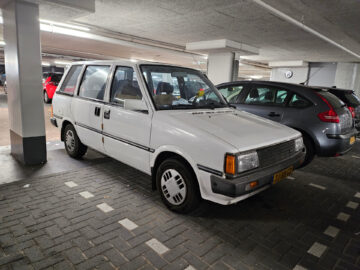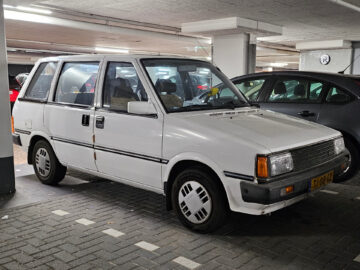Spotted: a Nissan Prairie
It depends a bit on how you define the term “MPV” anyway, but the Chrysler Voyager and the Renault Espace are often considered the very first (modern) MPVs. The fact is that these models provided the segment’s breakthrough in America and Europe, respectively. However, they are not entirely the first. The Chrysler and Renault entered the market in 1983 and 1984, respectively. Already in 1982, a more compact MPV model arrived on the market from Japan: the Nissan Prairie.

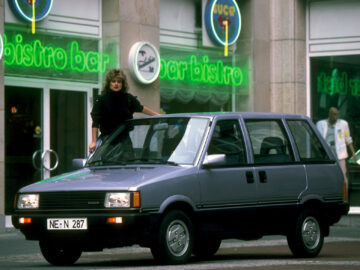
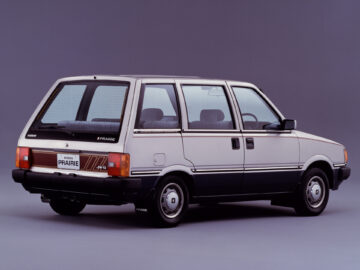
Nissan Prairie: compact space wonder
The Nissan Prairie, still sold in Europe as Datsun for about its first year, was quite an innovative car in its day. It was a kind of station wagon, but with an extra-high roof for very large interior space. In addition, the car had sliding doors, something you really only saw on vans at the time. Still special, the Nissan Prairie also had no B-pillars, for extra easy entry.
By default, the Prairie was a five-seater, but in some countries the model came with up to eight seats. The front seats, together with the rear seats, could form a kind of double bed. Or you just folded the backrest of the rear seats forward, creating a large flat cargo floor, moreover, with no lift threshold.
Underneath, everything was a lot less exciting. The Nissan Prairie shared its technology with the Stanza, another forgotten model. In the Netherlands, the compact MPV came only with the 1.5-liter four-cylinder gasoline engine with 55 kW (75 hp) and 122 Nm. That power always went to the front wheels via a five-speed manual transmission. For other markets, an automatic and later even a four-wheel drive version was also available.
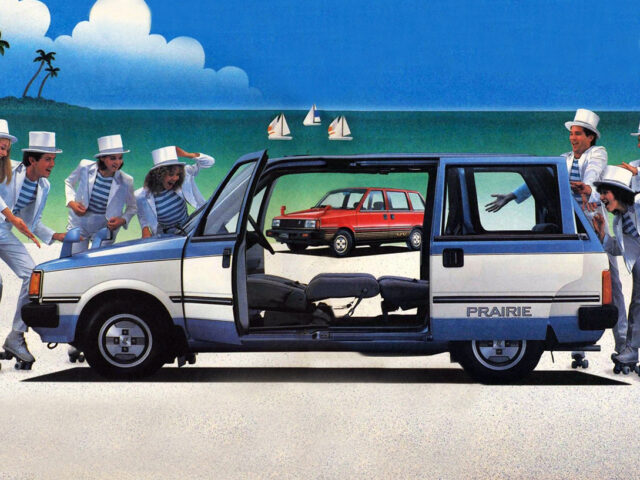
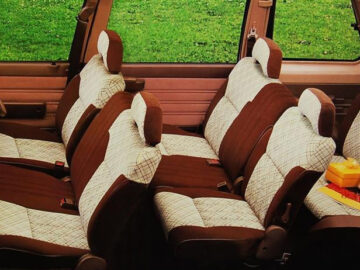
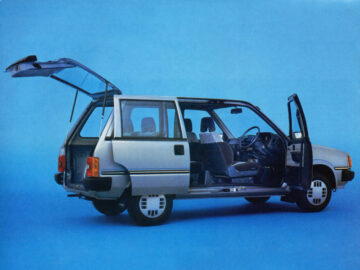
Facelift for the Nissan Prairie
In 1985, the Nissan Prairie underwent a facelift. Visually, the car mainly received larger headlights, slightly larger rear side windows, newly designed taillights and slightly larger bumpers. In the process, the rear bumper was now part of the body, rather than attached to the tailgate. This higher lift threshold increased body stiffness. Engine offerings were also updated. For the Netherlands, the 1.5-liter was swapped for a 1.8-liter with 66 kW (90 hp) and 150 Nm. A year later, a 2.0-liter four-cylinder with 71 kW (97 hp) and 154 Nm was also added to the range.

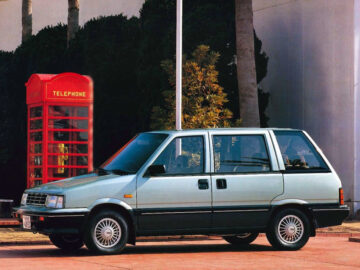
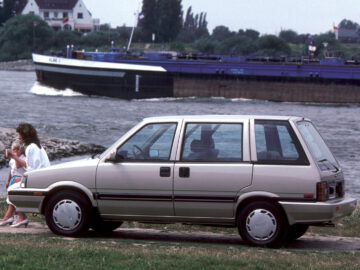
More early MPVs from Japan
Nissan was not the only Japanese brand that saw bread in compact MPVs. Almost at the same time, for example, the Toyota Tercel Wagon was also introduced, although it was even more of a tall station wagon. In 1983 followed the Honda Civic Shuttle and Mitsubishi Space Wagon, a compact and somewhat larger MPV. In the following years, the MPV lineup expanded even further.
No wonder a second generation of the Nissan Prairie followed in 1988. With a modern design, it continued the concept. The second generation was also still delivered in Europe. The third generation (1998-2004) remained reserved for Asian markets.
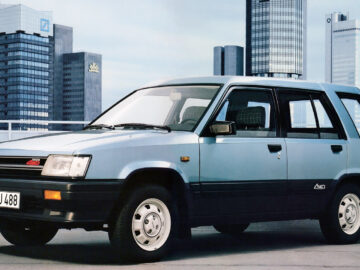
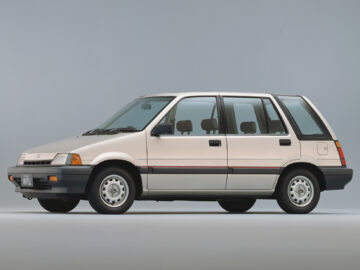


The spotted specimen
After a short period of habituation, the MPV was soon a popular body style here in the Netherlands as well. The Nissan Prairie also sold quite well. It was a car you bought only for rational, practical reasons, though. The car was used until it ran out and then discarded. Few specimens have survived. Although, to our surprise, there still appear to be 47 Nissan Prairies of this first generation on Dutch license plates. In fact, there are 89 if we include the second generation.
These numbers amaze us, as it has been literally years since we last encountered a Nissan Prairie, let alone one of the first generation and also in such good condition. In Leiderdorp, we saw this 1988 Nissan Prairie 1.8 SGL. That makes it quite a late one from this first model generation. With the sheepskins on the seats, it also looks like it was driven straight out of the ’80s. A second surprise: this one is still with the owner who bought it brand new in 1988! If that’s not true car love….
